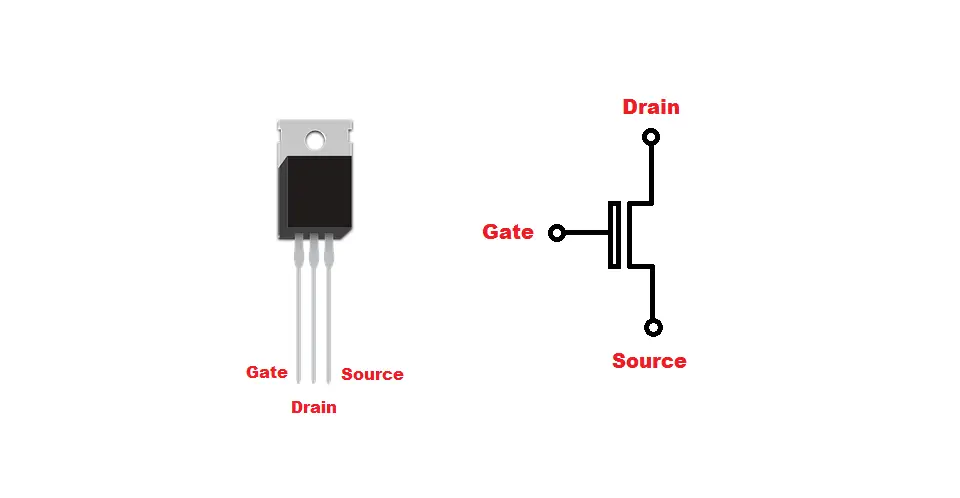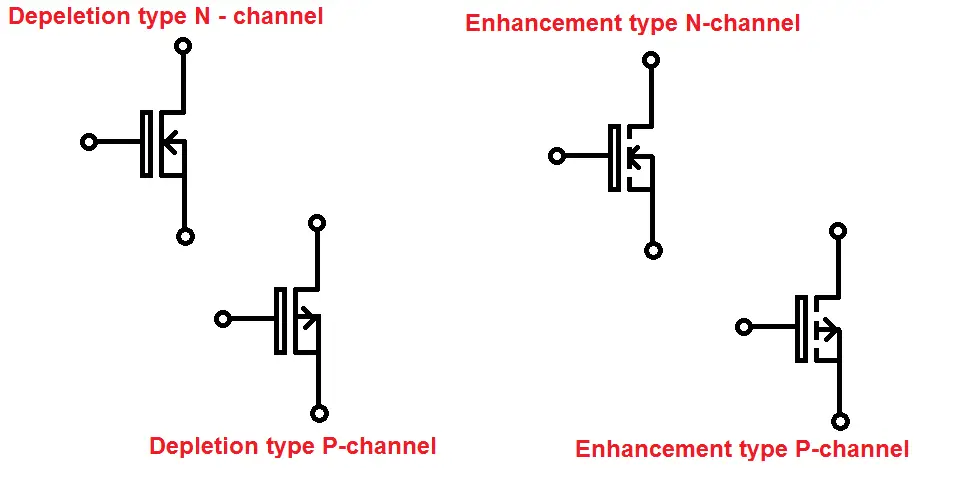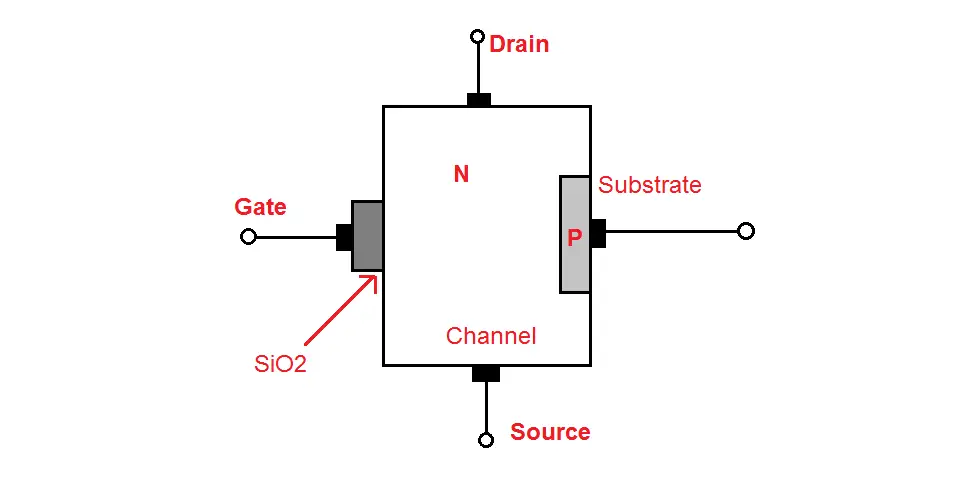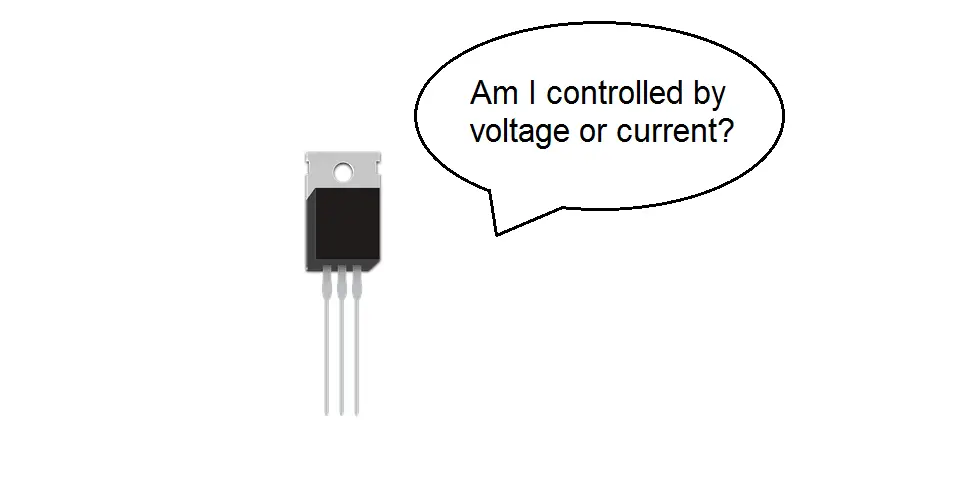Transistors are commonly used devices in many electronic applications. It is a semiconducting device commonly used to amplify signals or switch them.
It is a type of solid-state device used to control the flow of current.
A MOSFET is one of the many varieties of transistors available that perform the tasks mentioned above.
But, transistors can either be voltage or current controlled devices.
So, is a MOSFET a voltage or current controlled device? The MOSFET is a voltage controlled device. This is due to the fact that the flow of current between its SOURCE and DRAIN terminals is controlled by an input voltage at its GATE terminal.
This article shall take a closer look at why the MOSFET is a voltage controlled device.
Difference between a voltage and current controlled device?
To better understand why a MOSFET is a voltage controlled device, it will help to learn what the differences are between a voltage and current controlled device.
So let’s take a look.
As mentioned at the start, transistors are a semiconductor device used for the amplification, control, and generation of electrical signals most of which have three terminals (some have four).
They are active devices that have many applications. One of the most common being the main component in Integrated Circuits (such as microprocessors and microcontrollers).
Below are the many different types of transistor;
- BJT
- FET
- JFET
- IGBT
- MOSFET
While each of these types of transistors share similar functions, the way they go about doing it is a bit different.
Some of them are voltage controlled and the others are current controlled.
What is a voltage controlled device?
A transistor that is voltage controlled, has voltage as the controlling parameter.
What this means is that the flow of current at the output terminals is controlled by a voltage at the input terminal.
The output current is a function of an input voltage.
What is a current controlled device?
On the other hand, a transistor that is current controlled, has current as the controlling parameter.
This means that the flow of current at the output terminals is controlled by a current at the input terminal.
Output current is a function of an input current.
Why a MOSFET is a voltage controlled device
So why is a MOSFET a voltage controlled device?
This comes down to its construction and working principle. Let’s take a closer look at the MOSFET and what makes it a voltage controlled device.
What is a MOSFET?
We learnt earlier that transistors are semiconducting devices that can be used either to amplify or switch electrical signals.
The MOSFET is part of the family of transistors which shares the same purpose as its peers. But, the way it goes about doing so is different.
Furthermore, it is a subset of another commonly used transistor, the Field Effect Transistor (FET).
It is a three terminal device which include a Gate(G), Source (S), and Drain(D).

There are two main two groups of MOSFET (Enhancement and Depletion),which can either be N-Channel or P-Channel. This gives us four types of MOSFET seen below;
- Enhancement Mode N-Channel
- Enhancement Mode P-Channel
- Depletion Mode N-Channel
- Depletion Mode P-Channel

Construction of a MOSFET
In enhancement type MOSFETs, there is no physical connection between the source and drain, hence the broken lines in its symbol.
On the other hand, depletion MOSFETs have a small semiconducting strip between the source and drain terminals.
Below is an image that shows the basic construction of the MOSFET.

The Gate terminal is connected to a substrate where an oxide layer (SiO2) is placed. The purpose of the oxide layer is to act as an insulator.
The general construction of a MOSFET consists of a lightly doped substrate which is diffused by a heavily doped region and the substrate used ultimately determines whether it is a P-type or N-type MOSFET.
As we saw above, MOSFETs are either Enhancement or Depletion.
N-Channel Enhancement MOSFET
The source and drain in a N-Channel Enhancement MOSFET consist of a N-type semiconductor which is heavily doped and the substrate is a P-type semiconductor. Electrons are the main charge carriers.
P-Channel Enhancement MOSFET
On the other hand, the source and drain of P-Channel Enhancement MOSFETs are of a P-type semiconductor which is heavily doped, and the substrate is a N-type semiconductor. Holes are the major carriers here.
In enhancement mode, the source and drain are isolated.
N-Channel Depletion MOSFET
In N-channel depletion MOSFETs the source and drain are connected by a small strip of material that is a semiconductor of N-type. The substrate is a P-type semiconductor.
The main charges are electrons while the source and drain are heavily doped.
P-Channel Depletion MOSFET
The P-channel depletion MOSFET is the opposite of the N-channel, as the strip of semiconducting material connecting the source and drain is P-type. The substrate is N-type.
The main carriers are holes.
Working principle of a MOSFET
While there are different types of MOSFET, their main function remains the same which is to act as a switch.
The main operation goes a little something like this; when a voltage (VGS) is applied at the Gate (which exceeds VTH also known as the threshold voltage) of the MOSFET, the path between Source and Drain closes allowing current to flow through.
VGS is the minimum amount of voltage required to turn the MOSFET “ON”
There are some slight differences in the operation of Enhancement and Depletion MOSFETs, but their overall functionality remains the same.
As you can see, to turn the MOSFET ‘ON’ (allow current to flow through the source and drain), a voltage is required at the gate terminals.
In a BJT the input impedance is finite which results in a small finite base current which controls the output current.
When it comes to the MOSFET, there is no input current due to the SiO2 layer between the gate and body. The output current is controlled by an input voltage.
This is why a MOSFET is known as a voltage controlled device.
How much voltage is required to control the MOSFET?
When the voltage at the input of the MOSFET is zero, no current flows at its output (source and drain). When no current is flowing the MOSFET is said to be operating in its Cut-Off region.
So, how much voltage does it take to the MOSFET on?
This comes down to the two main regions of operation of a MOSFET;
- Cut-Off
- Saturation
As we just learnt, when the MOSFET is ‘OFF’, it is in the cutoff region.
The saturation region is when the MOSFET is ‘ON’ and current can flow freely from source to drain. This is when the maximum gate voltage is applied and results in the maximum amount of current that can flow.
To get to this region of operation VGS > VTH.
The threshold voltage (VTH) is never going to be the same for all MOSFETs as they might come from different manufactuers.
However, this value can be found in the datasheet of the MOSFET.





